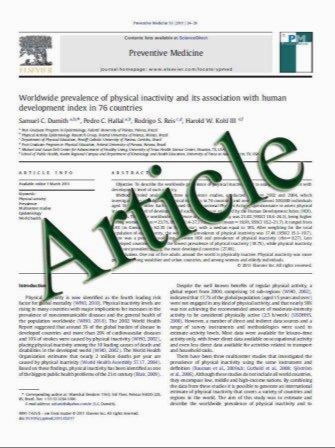Cardiovascular and Interventional Radiological Society of Europe Commentary on the Treatment of Chronic Cerebrospinal Venous Insufficiency
- نوع فایل : کتاب
- زبان : انگلیسی
- مؤلف : J. A. Reekers M. J. Lee A. M. Belli F. Barkhof
- چاپ و سال / کشور: 2010
Description
Chronic cerebrospinal venous insufficiency (CCSVI) is a putative new theory that has been suggested by some to have a direct causative relation with the symptomatology associated with multiple sclerosis (MS) [1]. The core foundation of this theory is that there is abnormal venous drainage from the brain due to outflow obstruction in the draining jugular vein and/or azygos veins. This abnormal venous drainage, which is characterised by special ultrasound criteria, called the ‘‘venous hemodynamic insufficiency severity score’’ (VHISS), is said to cause intracerebral flow disturbance or outflow problems that lead to periventricular deposits [2]. In the CCSVI theory, these deposits have a great similarity to the iron deposits seen around the veins in the legs in patients with chronic deep vein thrombosis. Zamboni, who first described this new theory, has promoted balloon dilatation to treat the outflow problems, thereby curing CCSVI and by the same token alleviating MS complaints. However, this theory does not fit into the existing bulk of scientific data concerning the pathophysiology of MS. In contrast, there is increasing worldwide acceptance of CCSVI and the associated balloon dilatation treatment, even though there is no supporting scientific evidence. Furthermore, most of the information we have comes from one source only. The treatment is called ‘‘liberation treatment,’’ and the results of the treatment can be watched on YouTube. There are well-documented testimonies by MS patients who have gained improvement in their personal quality of life (QOL) after treatment. However, there are no data available from patients who underwent unsuccessful treatments with which to obtain a more balanced view. The current forum for the reporting of success in treating CCSVI and thus MS seems to be the Internet. At the CIRCE office and the MS Centre in Amsterdam, we receive approximately 10 to 20 inquiries a month about this treatment. In addition, many interventional radiologists, who are directly approached by MS patients, contact the Cardiovascular and Interventional Radiological Society of Europe (CIRSE) for advice. Worldwide, several centres are actively promoting and performing balloon dilatation, with or without stenting, for CCSVI. Thus far, no trial data are available, and there is currently no randomized controlled trial (RCT) in progress Therefore, the basis for this new treatment rests on anecdotal evidence and successful testimonies by patients on the Internet. CIRSE believes that this is not a sound basis on which to offer a new treatment, which could have possible procedure-related complications, to an often desperate patient population.
Cardiovasc Intervent Radiol (2011) 34:1–2 DOI 10.1007/s00270-010-0050-5 Received: 1 November 2010 / Accepted: 3 November 2010 / Published online: 7 December 2010


